Twenty photographer in focus: John Gollings AM
By Anna Thurgood - Engagement Officer, State Library of Queensland | 9 October 2020
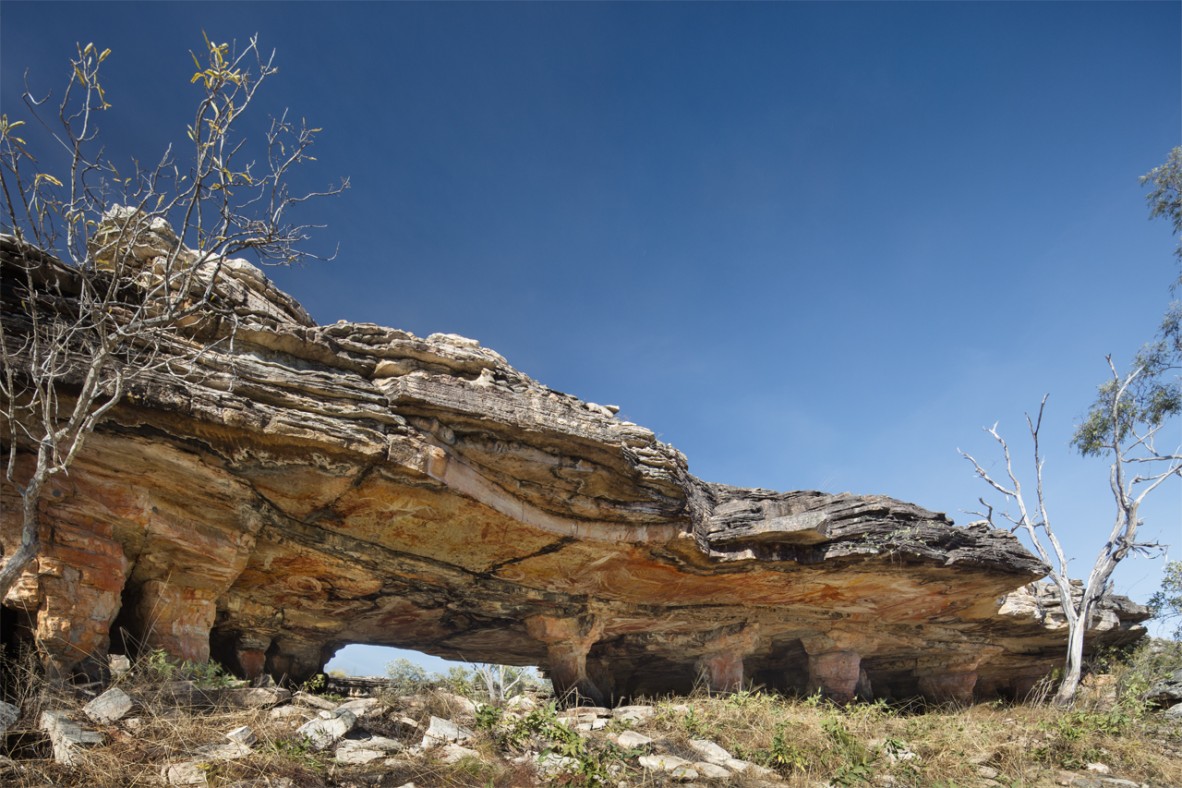
Side elevation, ancient rock art site on Jawoyn country, south west Arnhem Land, Northern Territory, July 2015. John Gollings. Image supplied. Radiocarbon dating suggests this site could contain some of the oldest painting yet discovered in Australia.
John Gollings’ photographs have played an important role in shaping our perception of contemporary architecture, and on a broader scale, focusing attention on humanity’s connection to place and how we have always sought to leave our mark on the landscape. He describes the disciplined approach he brings to each site he photographs:
Ultimately, it is the power of his images, along with his ongoing love of the Gold Coast, that ensured John Gollings’ inclusion in the Twenty exhibition.
Gollings discovered his passion for photography at the age of nine when he began using the family Ensign Selfix 420 6 x 9 camera. Despite completing architecture at Melbourne University he made photography his career, starting out in advertising and fashion photography. He quickly made a name for himself after landing some of the largest accounts of the time – Shell, Australia Post, Hyatt Hotels, Sportsgirl and Jag to name a few. He never lost his interest in architecture, and when the seminal architectural text ‘Learning from Las Vegas’ was published in 1972, causing a stir across the architectural world for its critique of modernism as vacuous and devoid of meaning, Gollings saw an opportunity to combine his two great passions – architecture and photography.
Gollings instinctively understood the parallels between Las Vegas, often described as a ‘non-city’ or an ‘outgrown strip’ based around a highway, and the Gold Coast, where he had holidayed with his family as a boy. Like Las Vegas, the Gold Coast was a completely modern city which had wholeheartedly embraced the modernist ethos of plain, functional buildings with little or no architectural ornamentation and the use of signage, the glittering symbols of capitalism, tourism and the leisure industry.
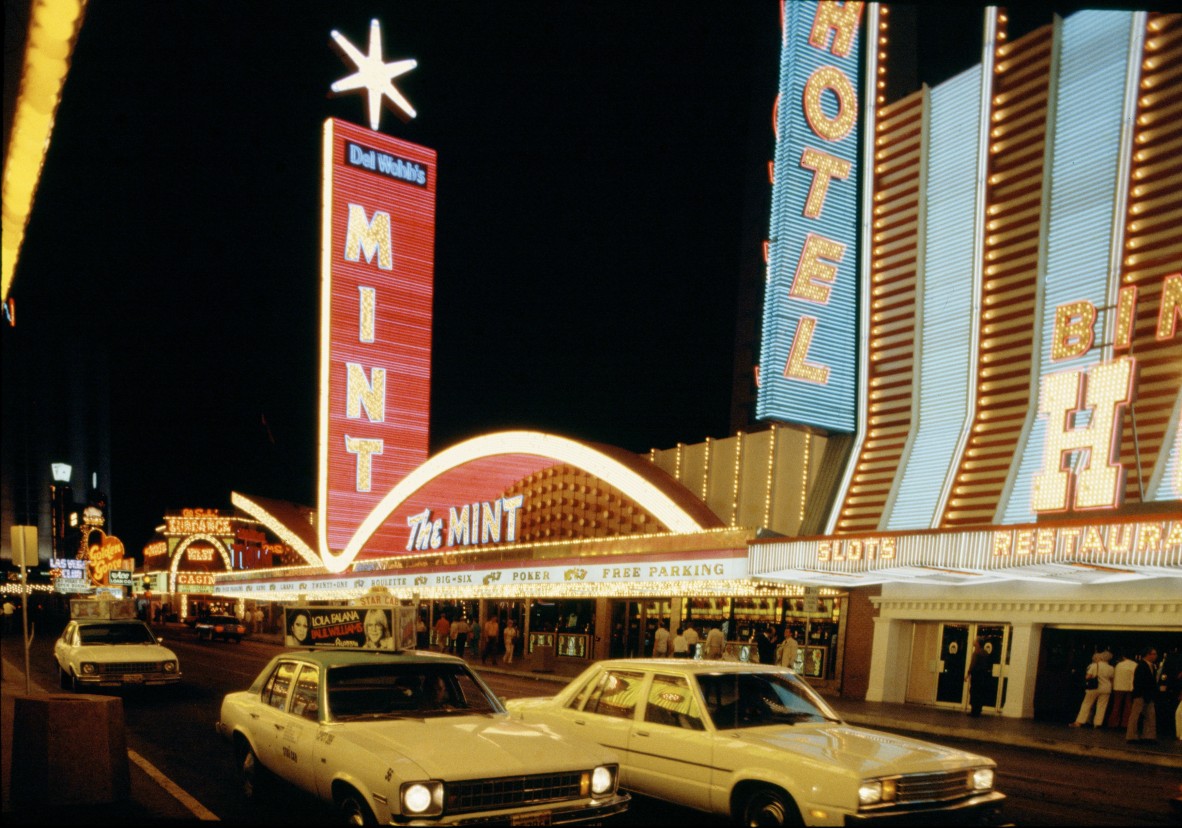
Las Vegas at night, 1978. John Gollings. Image supplied.
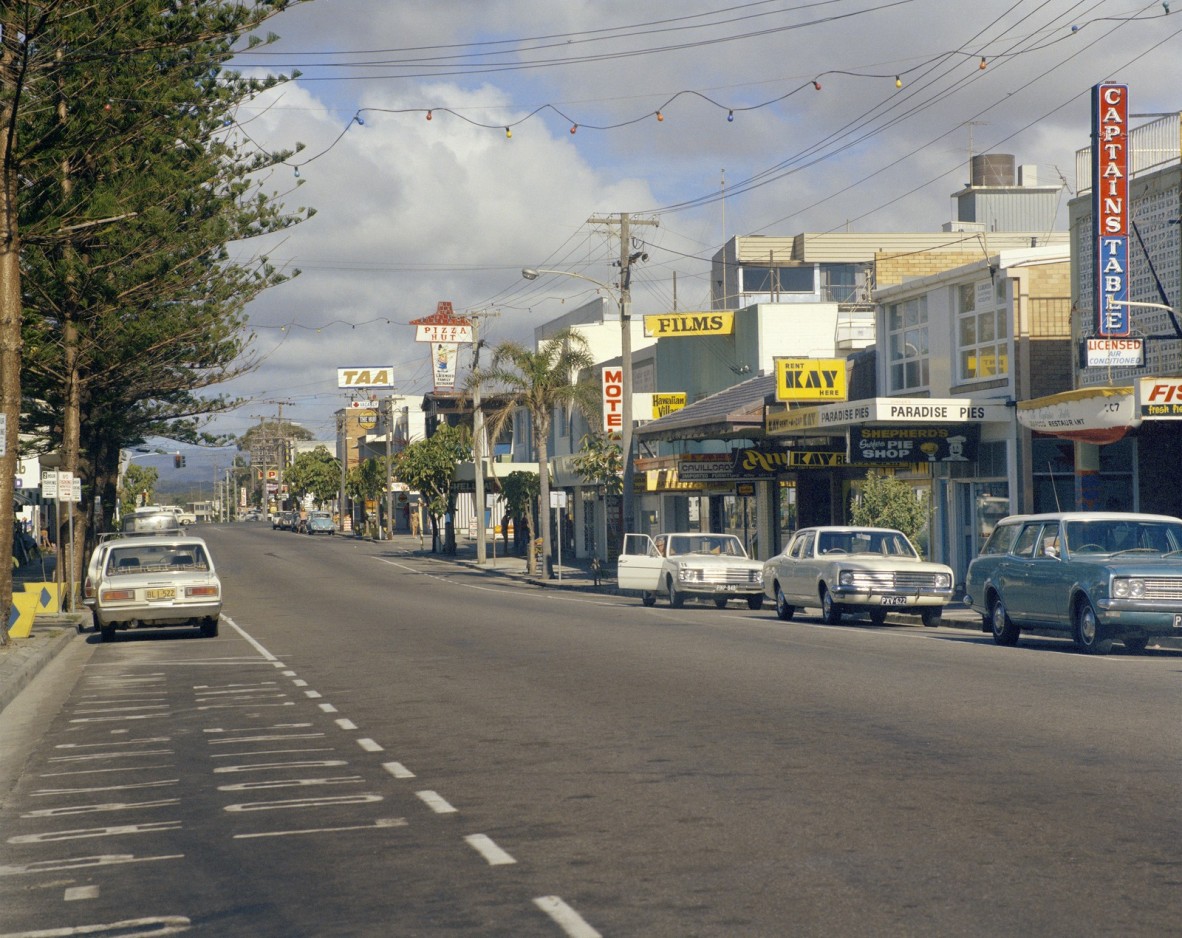
Looking west along Cavill Avenue, Surfers Paradise, 1973. John Gollings. Image no: 29348-0002-0031. John Oxley Library, State Library of Queensland.
Inspired by the text and his own fond memories of the city, Gollings and three colleagues (an architect, an urban planner and a graphic designer) arrived in Surfers Paradise in 1973 to undertake an extensive photographic study of the Gold Coast’s architecture and urban landscape. They spent three weeks photographing shopfronts, motels, houses, man-made canals and streetscapes filled with brightly-coloured signs, as well as sweeping panoramas shot at street level and from high above. The project solidified his deep interest in architectural photography, and effectively changed the course of his career.
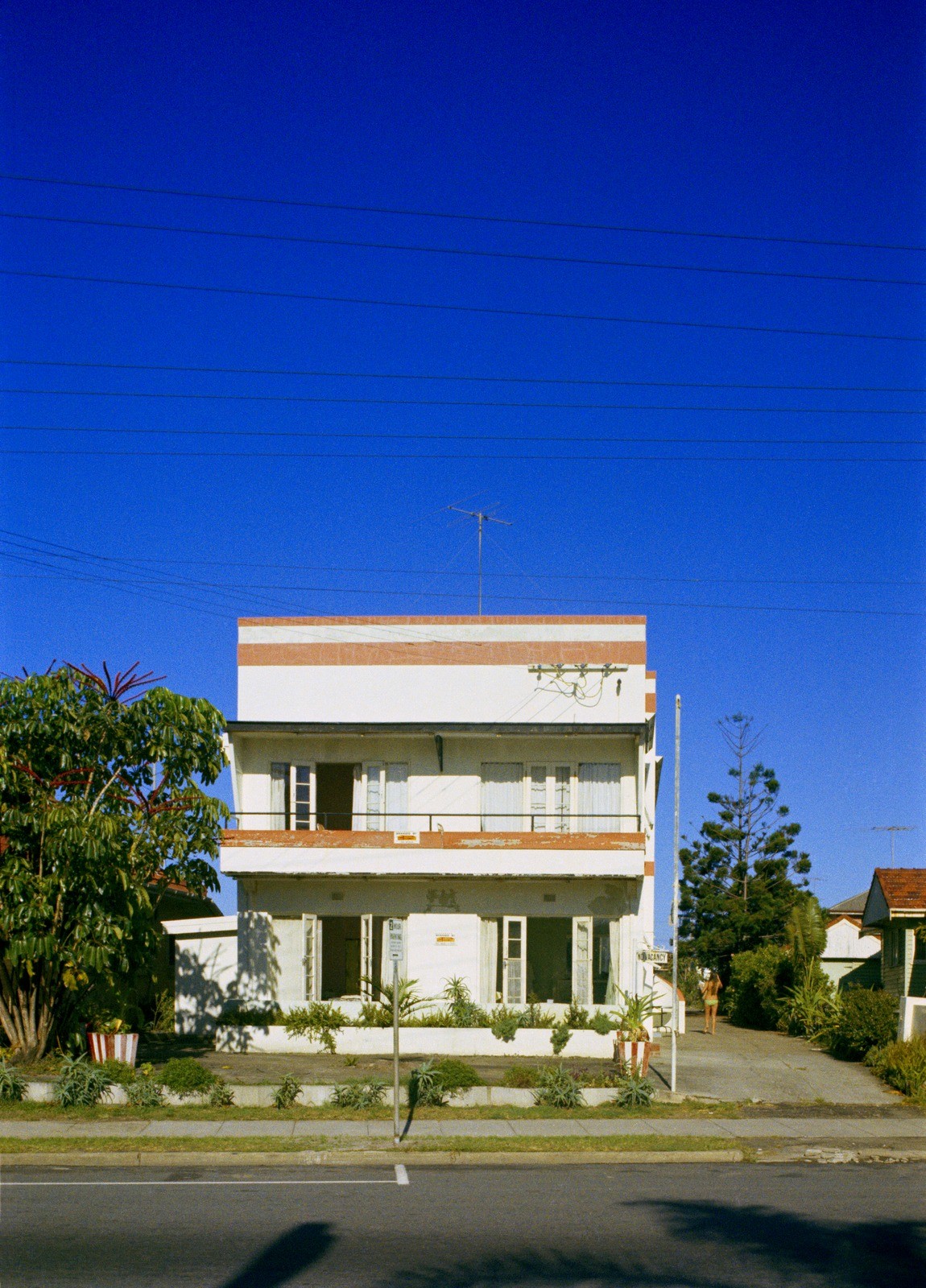
Guest house located at 3290 Surfers Paradise Boulevard, Surfers Paradise, 1973. John Gollings. Image no: 29348-0002-0045. John Oxley Library, State Library of Queensland.
Gollings travelled to Los Angeles in 1976 to build a new portfolio focused on architecture, wanting to capture the city’s modernist buildings. While there, he summoned the courage to call the legendary American photographer Ansel Adams, whose number he found in the phone book. To Gollings’ surprise, he answered the phone and was invited to spend a week in Adams’ studio in Carmel. Primarily a landscape photographer, Adams was renowned for his technical precision and prowess and, according to Gollings in his ‘Behind the Lens’ interview for the Twenty exhibition, was extremely generous with his knowledge, contacts and culinary skills.
Over the next few years, Gollings’ reputation as an architectural photographer grew. In 1982, he was selected as one of three photographers (the others were David Moore and Max Dupain) to capture the work of leading Australian contemporary architects for the international travelling exhibition Old Continent: New Building. This commission cemented his position as one of Australia’s leading architectural photographers.
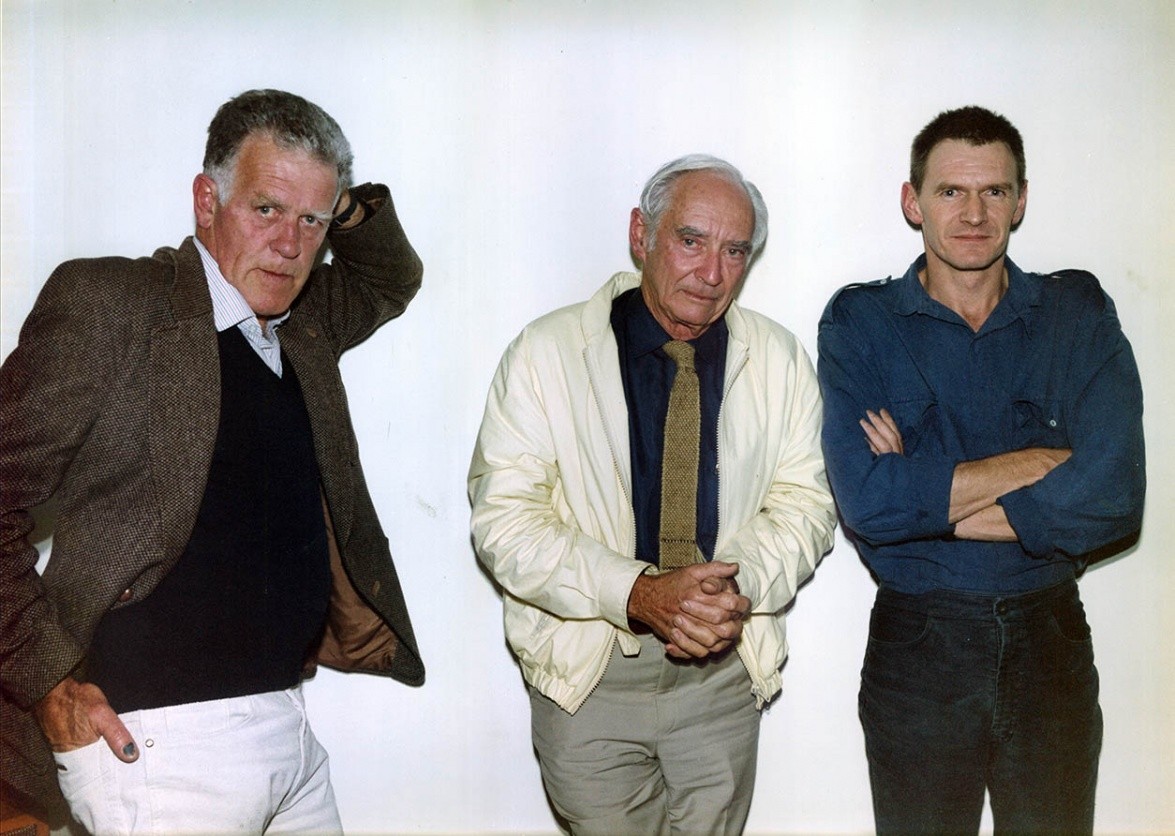
David Moore, Max Dupain and John Gollings, c.1982. Sally Gollings. Image supplied.
Although his work has taken him around the world, Gollings has returned to the Gold Coast more than once in the intervening decades. In 2012, when all construction had stopped in the aftermath of the Global Financial Crisis, there were no cranes on the skyline for the first time in the city’s history. Gollings recognised this as a pivotal moment – to his mind, the Gold Coast was now ‘complete’. He set out to document ‘Every High Rise on the Gold Coast’, photographing all 600 skyscrapers along the strip between the highway and the ocean, from Runaway Bay in the north to Coolangatta in the south. His ultimate aim was to create a database of every tall building, catalogued with its address, name, height, date of completion and architect’s name. He created both an extraordinary documentary record of a city at a critical moment, and a conceptual artwork akin to Ed Ruscha’s Every building on the Sunset Strip. Gollings' prolific and important project was recently acquired in its entirety by State Library of Queensland. This can be viewed via our One Search online catalogue
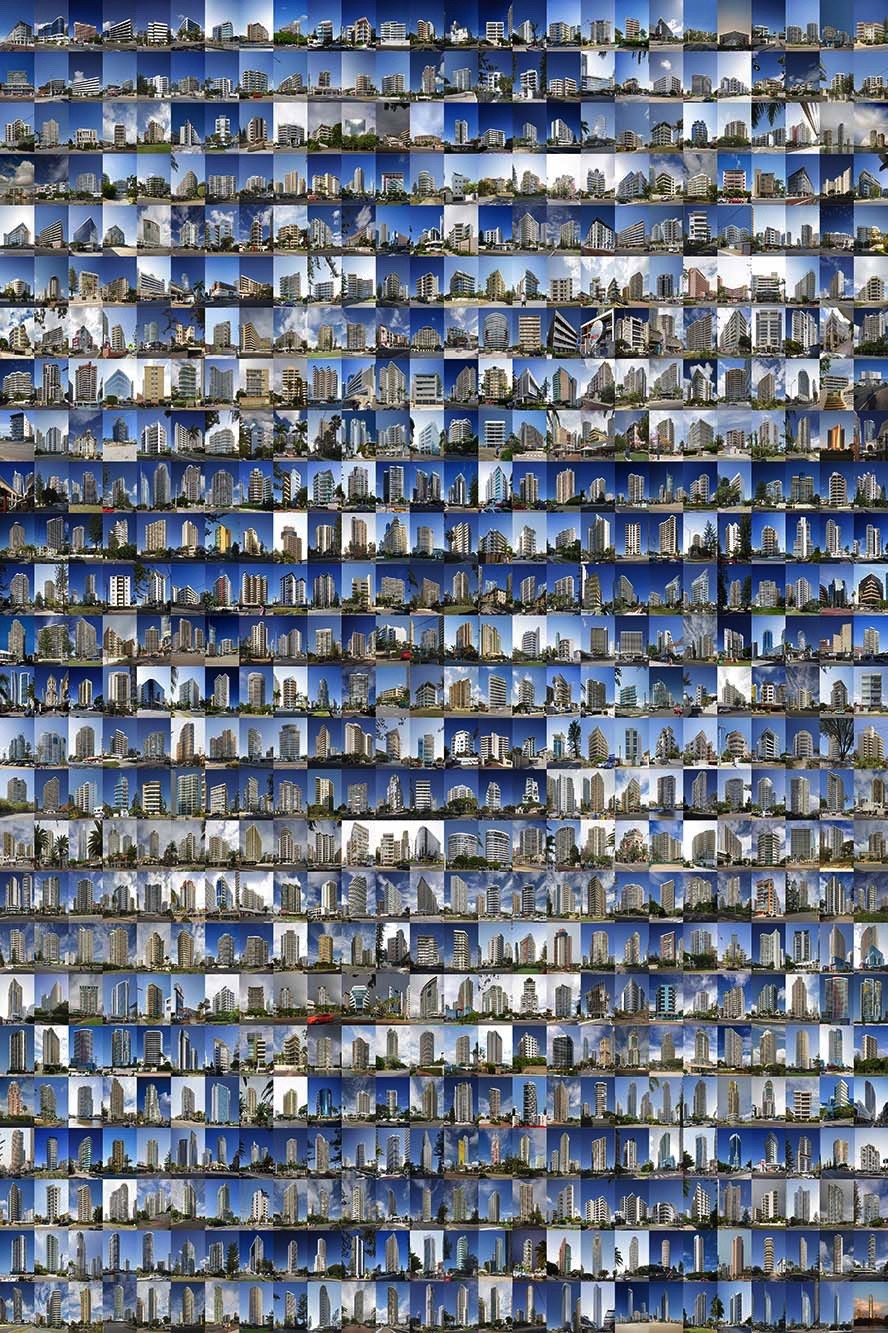
Every high rise on the Gold Coast (montage), 2012. John Gollings. Image supplied.
The following year Gollings returned to the Gold Coast, this time to commemorate the 40th anniversary of his 1973 project when he undertook his first serious investigation of this modernist city. Describing it as a ‘re-photography survey’, Gollings went to great lengths to capture everything he caught the first time – using the same cameras and same lenses to photograph the exact same location from the same angle, even endeavouring to shoot at the same time of day. The resulting photographs were displayed alongside their earlier counterparts in an exhibition titled ‘Learning from Surfers Paradise’, an acknowledgement of the project’s inspiration – the controversial architectural text ‘Learning from Las Vegas’. The startling contrast between ‘then’ and ‘now’ is evidence of the enormous change on the Gold Coast. Perhaps even more surprising are the buildings that remain or the scenes that are still recognisable, all these years later.
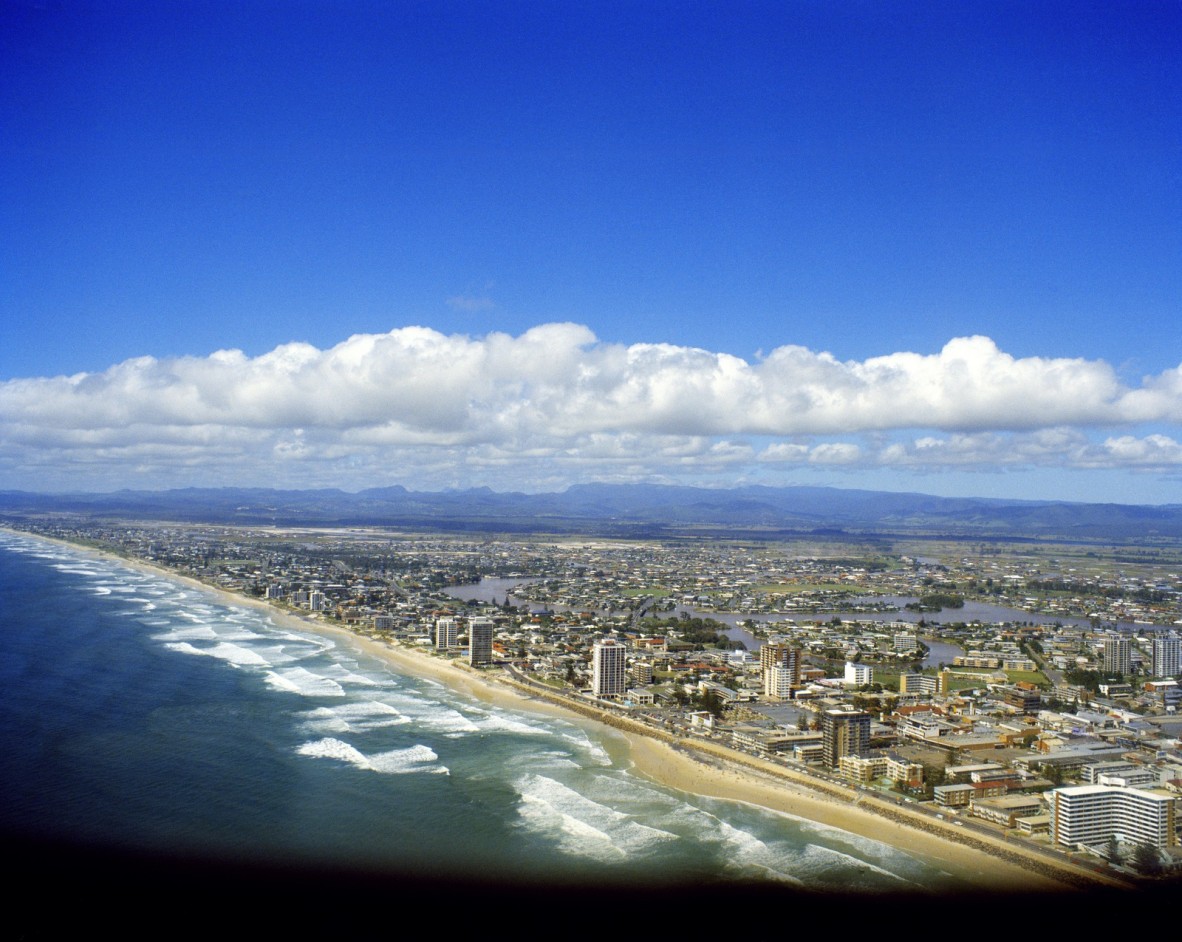
Aerial photograph of Surfers Paradise Beach, 1973. John Gollings. Image no: 29348-0002-0017. John Oxley Library, State Library of Queensland.
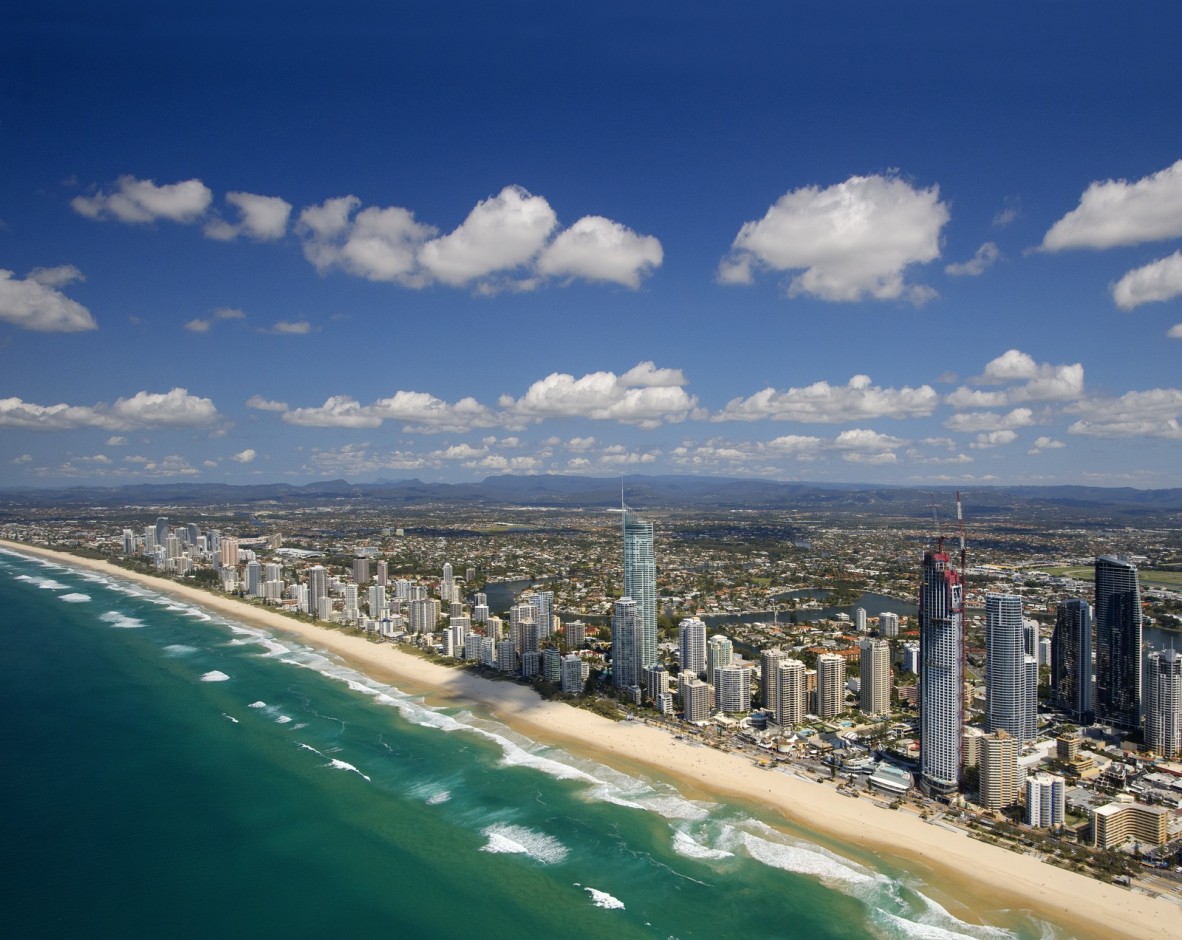
Aerial photograph of Surfers Paradise Beach, 2013. John Gollings. Image no: 29348-0002-0018. John Oxley Library, State Library of Queensland.
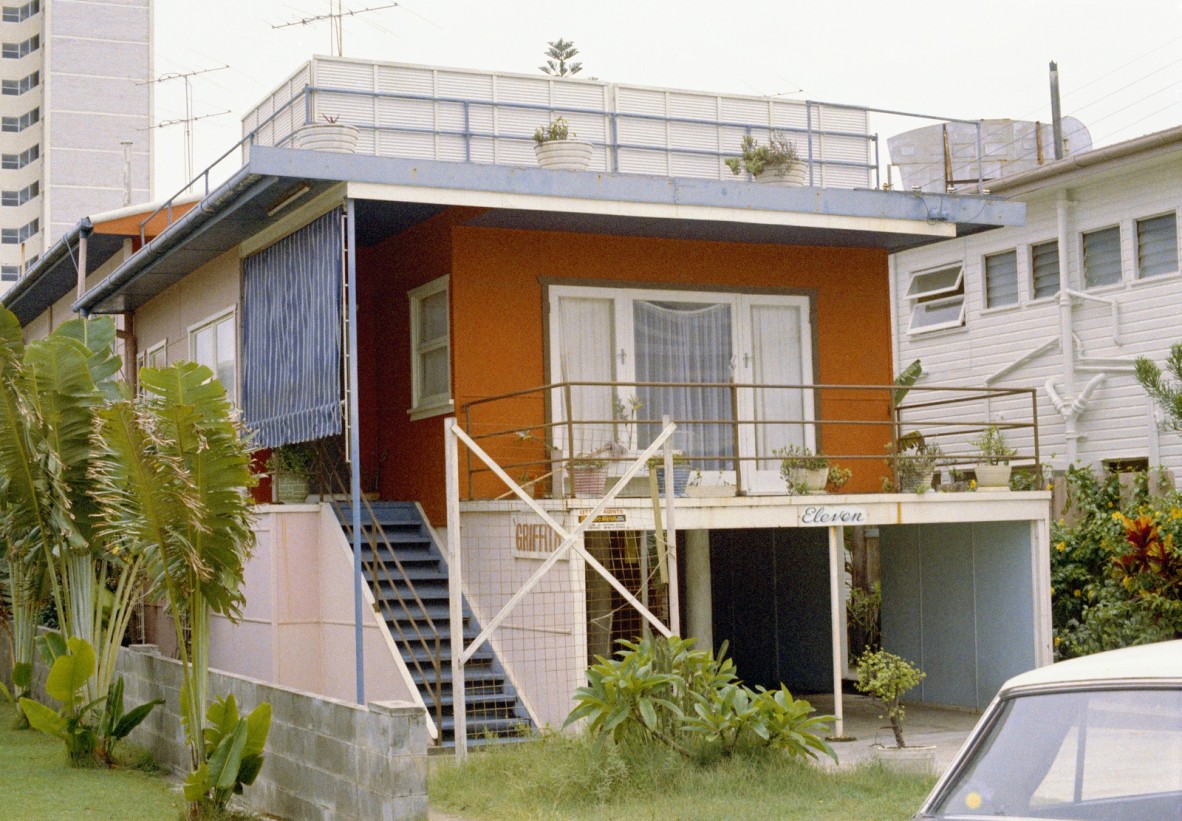
House located at 11 Laycock Street, Surfers Paradise, 1973. John Gollings. Image no: 29348-0002-0023. John Oxley Library, State Library of Queensland.
Discover more:
View John Gollings' images in Twenty: two decades of Queensland photography
View State Library of Queensland's online exhibition Twenty: two decades of Queensland photography
Watch Twenty Curator's Talks: Behind the Lens interview with John Gollings
Watch Twenty Curator's Talks: Behind the Lens interviews with other photographers featured in Twenty
Watch Twenty Curator's Talks: Behind the Lens curator's overview of the exhibition
View Accession 29348 John Gollings Surfers Paradise photographs 1973-2013
View Accession 27302 John Gollings Gold Coast photographs 1973 (not digitised)
View Call no. APDL 720.979313 1977 "Learning from Las Vegas" by Robert Venturi, Denise Scott Brown, Steven Izenour on One Search
View John Gollings' website
Comments
Your email address will not be published.
We welcome relevant, respectful comments.